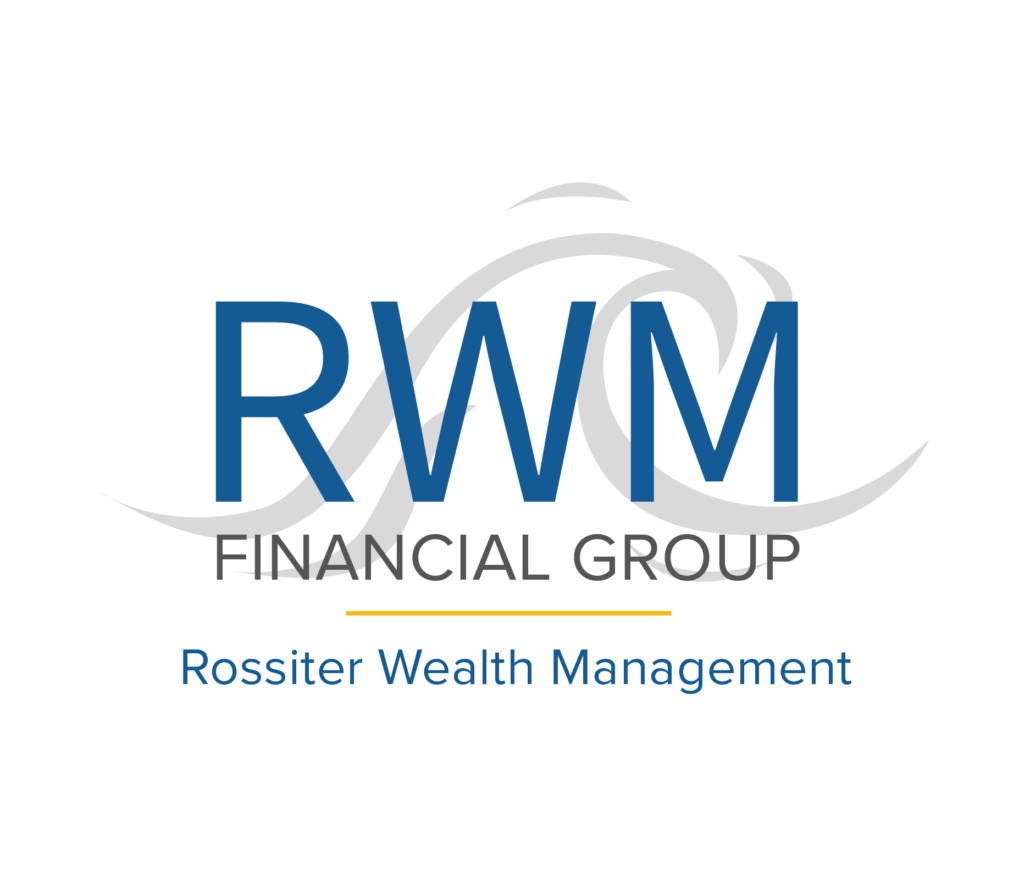Retirement Plan Options for Agricultural Businesses
Agricultural business owners have distinct financial characteristics compared to the general population, such as higher personal savings and less dependence on social security during retirement. They also have income from both farming and non-farming sources. Therefore, it’s crucial for them to have a well-defined and comprehensive retirement plan.
In this article, we will explore different retirement plan options available to agricultural business owners. These include IRAs, SIMPLE plans, SEP plans, and 401(k) plans. We will also discuss the importance of estimating net worth, income, and expenses, and how to use that information to create a retirement plan that aligns with your goals.
Planning for Retirement with an AG Business
Retirement planning for agricultural businesses can be a complex process due to the unique nature of the industry. Compared to typical business owners, farm and ranch households often have:
- More personal savings
- Diverse financial portfolios
- Income from both farm and off-farm sources
Commercial farm operators are also less likely to have employer-sponsored pension plans and often have to rely on farm assets for retirement income.
It is important for farmers and ranchers to begin planning for retirement well in advance, ideally five to fifteen years before they plan to retire. This provides ample time to make necessary adjustments to their financial portfolio and informed decisions about their future.
Let’s take a look at some options.
Retirement Plan Options for Farmers
As farmers and ranchers approach retirement, it’s important to have a plan in place to ensure financial security. There are several options available for retirement planning, including:
IRAs
There are regular (traditional) IRAs and Roth IRAs. Regular IRA contributions can get you a current-year tax deduction of up to $6,000 for 2022, or $7,000 if you’re over 50 years old. However, you will pay income tax on the distributions when you withdraw them in retirement. Roth IRA contributions, on the other hand, get you no tax deduction for the current year, but you will pay no income tax when you receive distributions after 59.5 years old.
SIMPLE PLAN
Simplified Employee Pension plans allow for tax-deductible contributions for the employer, with contribution limits of up to 25% of the employee’s compensation. This plan is a good option for agricultural businesses with a small number of employees.
401(K) PLAN
This plan allows for tax-deferred contributions from employees, with contribution limits of up to $20,500 for 2022 and up to $27,000 if you’re over 50 years old. Employers can also match contributions, but this plan can be more costly and complex to administer.
Farmers and ranchers can also consider investing in farm assets such as land, equipment, and livestock as a means of retirement income. However, it is important to consult with a financial advisor or CPA to determine the best plan for your situation.
Do Farmers Ever Really Retire?
It ultimately depends on the individual. Some farmers choose to continue working, while others decide to retire for health reasons or to pursue other interests. Some farmers may sell their farm to a younger generation and continue to work on the farm in an advisory role.
Others may lease their land to another farmer and continue to work on the farm in some capacity. It’s important for farmers to have a plan for retirement and to consider their options for income during retirement, whether that means continuing to work on the farm or finding alternative sources of income.
With all of these options available, many business owners in the agricultural sector may not know where to start. Let’s discuss how to begin developing a retirement plan.
How Farmers Can Develop a Retirement Plan
Here are four steps for agribusiness owners can use to develop a financial or retirement plan:
Identify Your Goals:
Establishing your financial objectives in advance is the key to ensuring your investment strategy aligns with your goals. While your long-term goals may not change significantly over time (such as retirement planning and passing on your business to the next generation), your investment mix will evolve as you age. As you approach retirement, you may prefer less risky investments. Because markets fluctuate, it’s essential to reassess your goals and investments regularly to ensure that your financial strategy remains on track.
Calculate What You Can Invest
When creating your investment plan, subtract your monthly expenses from your monthly income to calculate your disposable income. This will determine the amount of money you have left over after covering necessary expenses and what you can afford to invest each month.
If you find that your expenses are greater than your income, consider ways to reduce or delay expenses or find ways to increase your income. If your income exceeds your expenses, it’s time to decide how to use the surplus income to achieve your financial goals.
Planning Retirement with a Professional
Preparing for retirement can be a complex and overwhelming process. It is important to have a thorough understanding of how to make the most of your distributions and avoid potential pitfalls to ensure a comfortable and secure retirement. It can be beneficial to seek guidance from a team of financial experts to develop a personalized plan that aligns with your specific needs and goals.
Contact RWM today to learn more about retirement plan distributions and how we can help you get ready for retirement.
This material was created for educational and informational purposes only and is not intended as ERISA, tax, legal or investment advice. If you are seeking investment advice specific to your needs, such advice services must be obtained on your own separate from this educational material.


